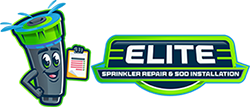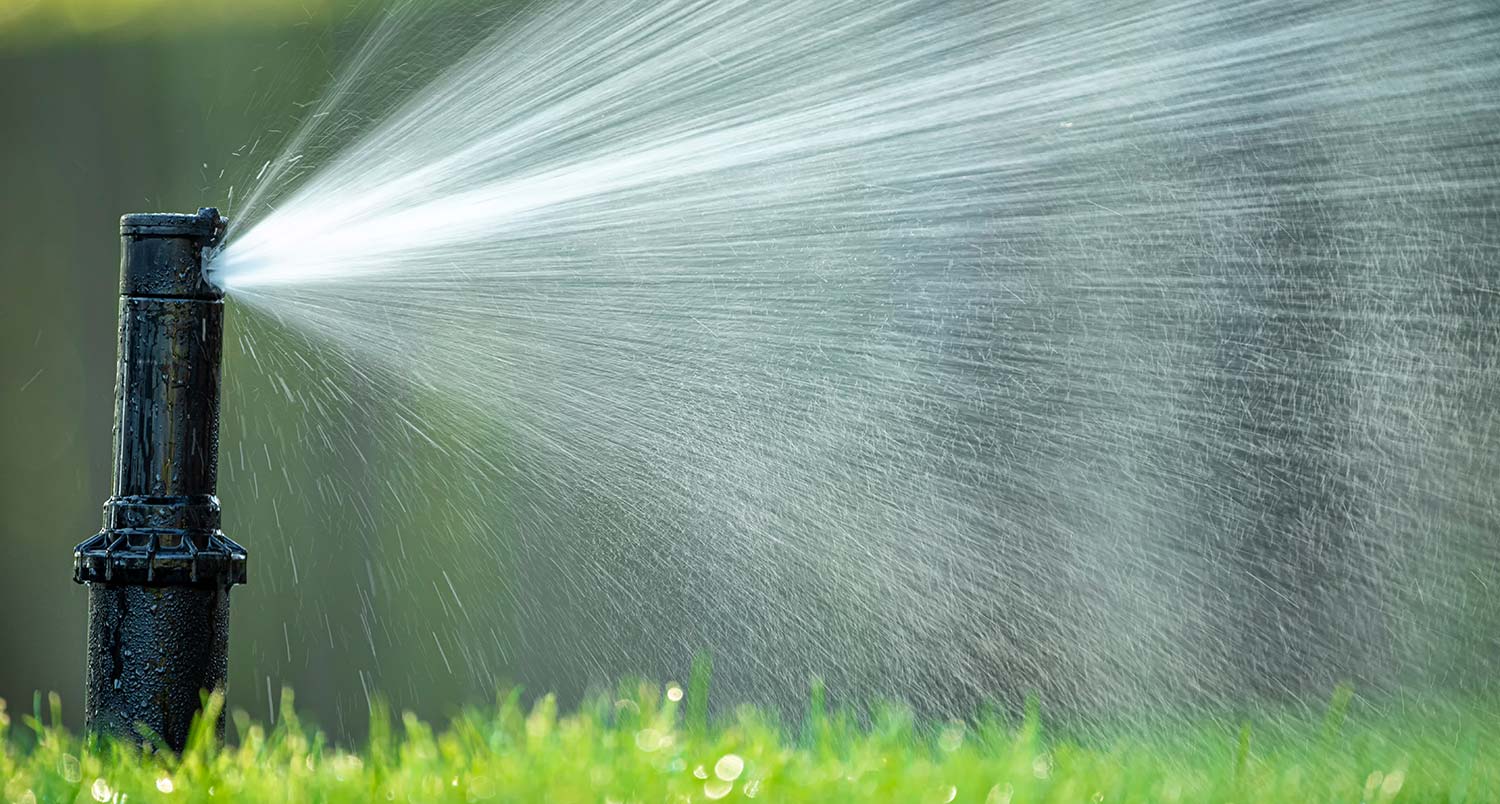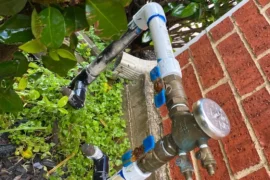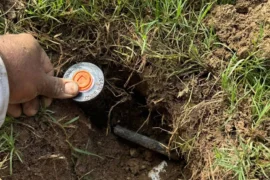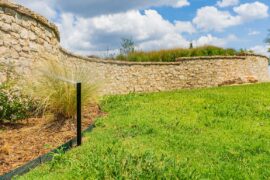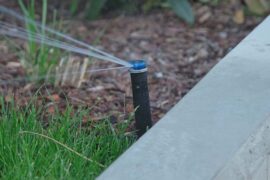Lawn sprinkler systems are the unsung heroes of lush, vibrant lawns. However, like any system, they can encounter issues, such as clogging, which can disrupt their efficiency.
Understanding Sprinkler System Clogs
Clogged sprinkler heads are often easy to diagnose. One key indicator is reduced water output or no water at all from the sprinkler heads. Typically, only one or two heads may be affected at a time, suggesting a localized blockage. Inspecting the exterior for visible debris and checking the inside of the head and adjacent lines is crucial in identifying a clog.
Clogs in sprinkler systems can arise from various factors, such as debris and dirt build-up, mineral deposits, and biological growth like algae and bacteria. These can accumulate on sprinkler nozzles, heads, and filters, impeding water flow. Regular lawn mowing and environmental factors can contribute to this debris accumulation.
The performance of your sprinkler system can significantly diminish due to clogs. Affected sprinkler heads may fail to rise, distribute water unevenly, or cease operation altogether. This can lead to uneven lawn watering, resulting in dry patches and potential damage to your landscape.
Strategies for Unclogging Sprinkler Systems
Flushing is a highly effective strategy for clearing out debris like dirt and sand from your sprinkler system. This technique is best performed systematically, one zone at a time. Begin by manually opening the zone valve and carefully observing the response of each sprinkler head. Pay particular attention to the sprinkler head that is the last to start spraying water, as this is often the final head in that zone and likely the most affected by any blockages. Unscrew and remove this head for a more direct flushing approach.
With the head removed, turn the water back on. This directs the water flow straight through the open pipe, effectively dislodging and flushing out any accumulated sediment. Watch the water’s clarity as it exits the system; initially, it might be quite murky due to the dislodged debris. Allow the water to run until it appears clear, indicating that the debris has been flushed out. Once the water runs clear, you can confidently replace the sprinkler head, assured that the zone is now free of blockages
Physical Removal of Debris
Physical removal of debris is particularly useful in scenarios where a sprinkler head is damaged or has been removed for maintenance, potentially allowing dirt to fall directly into the pipe. An efficient way to address this is by employing a wet/dry vacuum with a specially adapted nozzle. This nozzle should be tailored to snugly fit into the sprinkler system’s fittings, ensuring effective suction.
This method stands out because it focuses on the problem area without the need to flush the entire system. By inserting the modified nozzle directly into the open pipe, you can effectively suck out any debris that has fallen in. This approach is a targeted, quick, and efficient way to clear the affected section of your sprinkler system without involving a full-system flush.
Cleaning Individual Components
Addressing debris and dirt build-up within individual components of your sprinkler system is crucial for maintaining optimal performance. The first step is to locate the sprinkler filter, which is integral in preventing debris from clogging the system. Before beginning, ensure the system is turned off to avoid any accidental water discharge.
Depending on your sprinkler model, you can either pop up the sprinkler head or completely remove it to access the filter. Once you have access, remove the filter and the head, and clean them thoroughly using water. This step is vital in removing any obstructive debris or sediment.
In scenarios where mineral build-up is an issue, a two-step cleaning process is recommended. First, soak the affected parts in a rust remover solution. This helps break down and dissolve mineral deposits. After a thorough soaking, typically around 30 minutes, proceed to rinse the parts in clean water. The second step involves using a brass-bristle brush to remove any lingering residue and then spraying the parts with a silicone lubricant. This not only ensures the parts are clean but also helps in preventing future build-ups by creating a protective layer over the components.
Conclusion
Maintaining a clog-free lawn sprinkler system is essential for a healthy, well-irrigated lawn. By understanding the causes of clogs and implementing effective unclogging and preventative strategies, you can ensure your sprinkler system operates efficiently, keeping your lawn lush and vibrant throughout the seasons..
